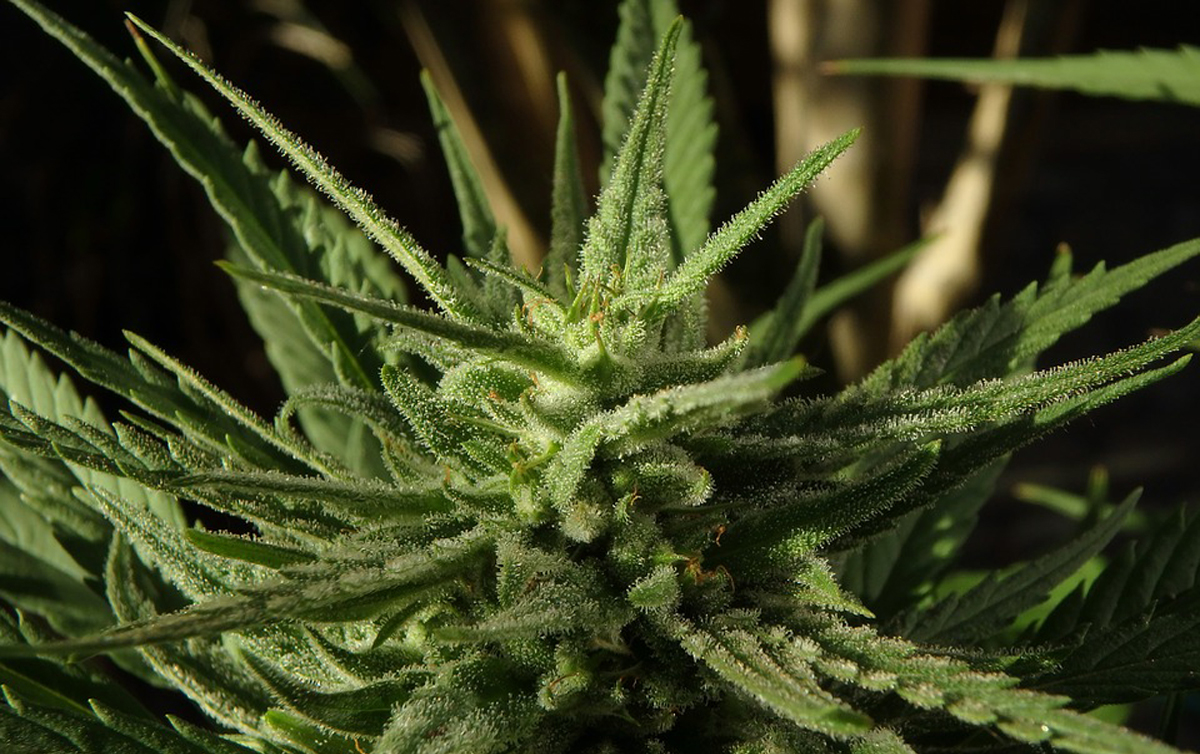 The real facts about cannabis, part three: Debunking the pseudoscience
The real facts about cannabis, part three: Debunking the pseudoscience
In the article in the Southwest Utah Public Health Foundation’s Health Magazine referenced in part two of this series, the author indicates that the answer to the question, “Is Marijuana Addictive?” with a firm “yes” in an effort to further promote unfounded fear around the healing cannabis plant. However, this is actually the wrong answer to the wrong question. Many substances and some types of behavior can be considered addictive, and all must be looked at in context.
Several legal substances may be addictive, including alcohol, opioids and other prescription drugs, caffeine, and even ingredients in food such as MSG, casein (a protein found in dairy), and sugar. It could be well argued that many of these substances are more harmful than cannabis. In fact, we know that legal prescription opioid use in Utah alone causes about 600 deaths per year as of 2016 as recently reported by Deseret News. Yet not one confirmed death has ever been directly attributed to cannabis in the entire history of its use.
The better question to ask is this: “Under what conditions could one become addicted?” This is the appropriate question for any type of potentially addictive behavior, including non-substance-related dependencies associated with gambling, video gaming, or even social media.
While there is a small risk of developing a psychological dependence on cannabis, valid research has shown that it is not physically addictive. In fact, Matthew Lazenka, a researcher at the Virginia Commonwealth University Health System, suggests that caffeine checks off as many boxes as for drug abuse as THC, the active ingredient in cannabis, and argues that in some rat experiments caffeine actually appears to be more addictive than cannabis.
Further, a reduction in CB1 receptors, which means that more of the substance must be used in order to achieve the same effect, seems to only occur in those who ingest very high doses of THC. In lower doses, as in the case of microdosing, the cannabinoid receptors in the body seem to actually increase, resulting in less of the plant-based medicine being required to treat the condition or disease. This is the opposite effect of what occurs with drugs such as opioids, which require higher and higher doses to maintain the same pain relieving effects — a factor that directly contributes to opioid overdoses.
In the Health Magazine article, the author also errs significantly when he writes, “Back in the ’60s, the average marijuana plant had less than .2% THC,” suggesting that today’s cannabis is massively stronger than in the past.
This is an exaggeration. Cannabis researchers suggest that the total THC content of the plant may have been approximately 1–4 percent during that time period. Even that is a guess as the methods of determining the levels of THC in the ’60s and ’70s were substantially inferior to today’s techniques. However, no credible research exists to show that the THC content was ever such a miniscule amount as the Health Magazine article would lead us to believe.
On the question of cannabis as medicine, while synthetic versions of THC and cannabidiol, or CBD, exist, they do not seem to be as effective for many patients as the whole cannabis plant itself. Additionally, a scientific theory known as the “entourage effect” sets forth that some cannabis compounds that have no effect in isolation affect the human body only when combined with other components of the plant. This may be a significant reason why the synthetic versions are less effective than consumption of the plant in its most natural form.
Before the concept of the entourage effect gained prominence in medical circles, many researchers discussed the effect of synergy in herbal medicines and dietary supplements. For components within an herbal medicine to achieve synergy, the effects of two or more constituents must become magnified when combined. It also explains why vitamins in isolation are less beneficial than eating fruits and vegetables that contain a wide variety of vitamins and antioxidants.
The entourage effect is a related but different concept. For the entourage effect to occur, isolated components must have no noticeable benefit in curing the condition on their own. However, when combined with other components that also have no discernible benefit, there must be a palpable advantage to using the composite. Researchers believe that the entourage effect in cannabis explains why it can be so effective when treating certain conditions while synthetic formulations of THC or CBD medications achieve only limited success in some patients and have more side effects than the whole natural plant.
There are a number of other damaging claims in the Health Magazine article that are simply taken out of context or stated negatively in an apparent attempt to create fear rather than fully explore the current scientific understanding of cannabis.
For example, the relationship between schizophrenia and cannabis is rather mixed with some studies indicating a possible causal role in schizophrenia development primarily with THC, yet none of them can rule out that those who are more likely to develop schizophrenia are simply more prone to use cannabis. It is also worth noting that the cannabinoid composition of the plant is often not considered. For example, we know that cannabis constituents like CBD have shown promise in improving the difficult-to-treat negative symptoms and cognitive impairment caused by schizophrenia, yet that fact is not mentioned in these studies.
Other negative claims such as bloodshot eyes, dilated pupils, increased heart rate, possible risk of heart disease, emphysema, and chronic bronchitis are chiefly related to smoking cannabis. Other methods of ingestion do not seem to have these effects, and in some cases, such as with hypertension, research indicates that repeated use of cannabis has been associated with lowered heart rate and blood pressure immediately following consumption. Additionally, research has shown that those who smoke cannabis and who also smoke cigarettes are at decreased risk of developing lung diseases, including cancer, due to cannabis’s positive effect on reducing tumors caused by cigarette smoking.
Nevertheless, it bears pointing out that the Utah Medical Cannabis Act initiative maintains prohibitions on smoking cannabis.
In the case of the statement regarding the condition known as cannabinoid hyperemesis syndrome — which causes unrelenting vomiting, nausea, and stomach pain — it should be understood that the vomiting is recurrent, not unrelenting, and in any case this condition only arises in very small percentage of long-term cannabis users. Further, these symptoms have been reported to be immediately improved and eliminated by taking a hot shower or a bath or more fully by stopping the use of cannabis completely.
In the recent medical training on cannabis that I received, I learned that there are a number of current research studies that indicate that cannabis can actually be helpful for individuals who have a poor ability to buffer stress and who suffer from chronic stress-related disorders including depression, anxiety, PTSD, functional pain disorders, and schizophrenia.
With the pseudoscience “studies” of the past giving way to more up-to-date scientific research that demonstrates the positive healing aspects of cannabis, it is time to bring medical cannabis to those individual patients who need it and to enable doctors to utilize all possible tools available to them to help remedy their patient’s ills.
While it is understandable that some individuals and organizations are uncomfortable given the decades of the politically motivated and prejudicial propaganda imposed upon the American people, cannabis is a natural plant-based remedy for a considerable number of physical and psychological conditions, and when properly regulated for quality, the whole plant really is the best medicine.
Articles related to “The real facts about cannabis, part three: Debunking the pseudoscience”
Shakespeare implicated as a stoner: verily, nothing is sacred



